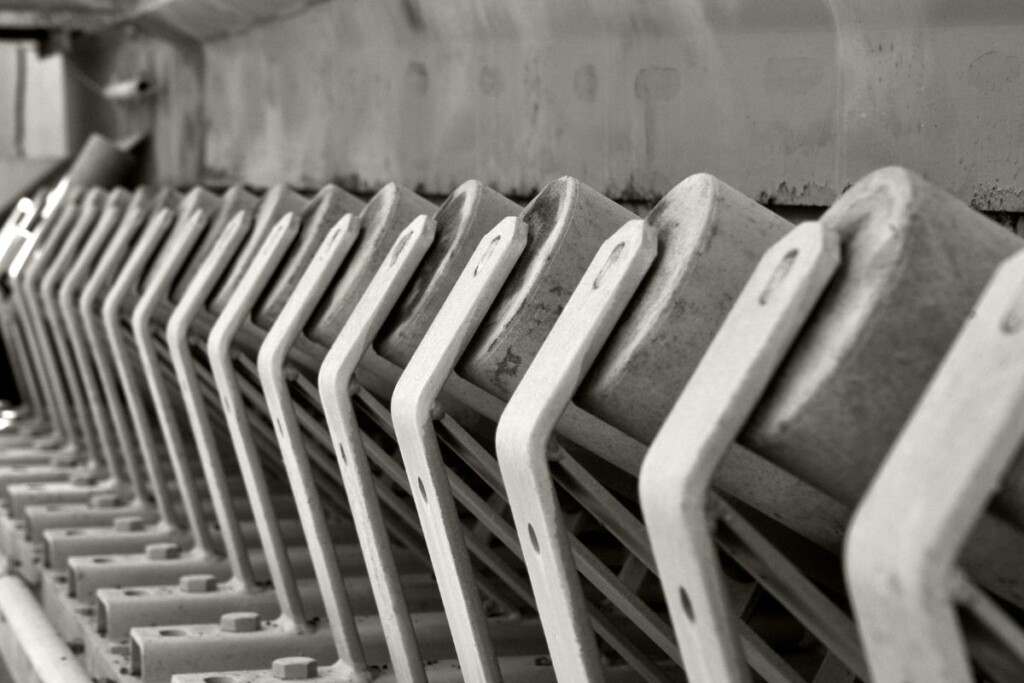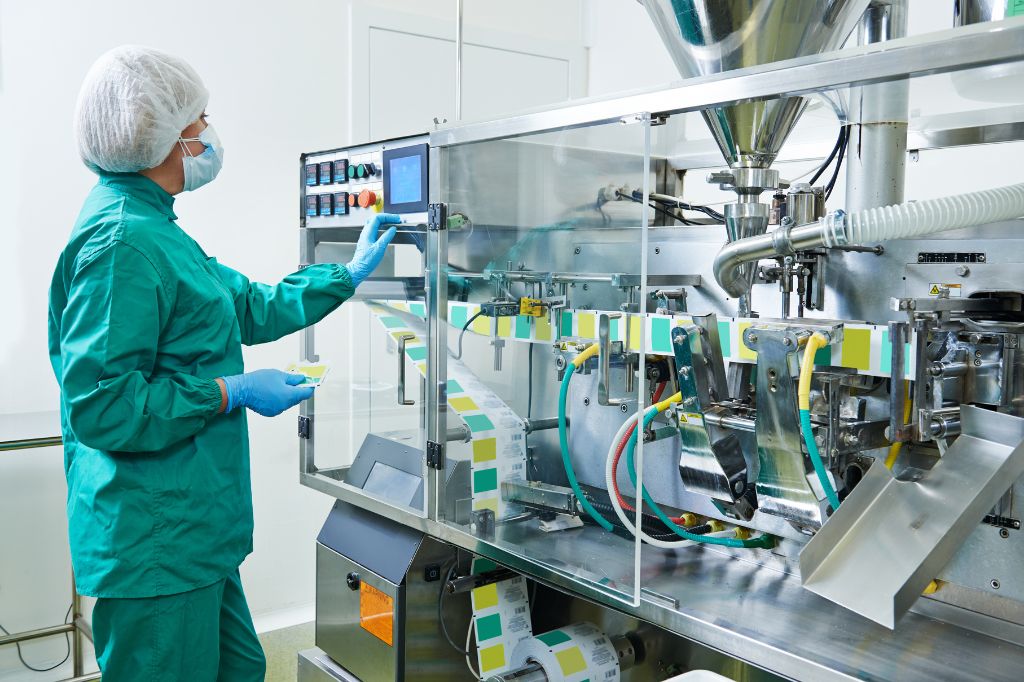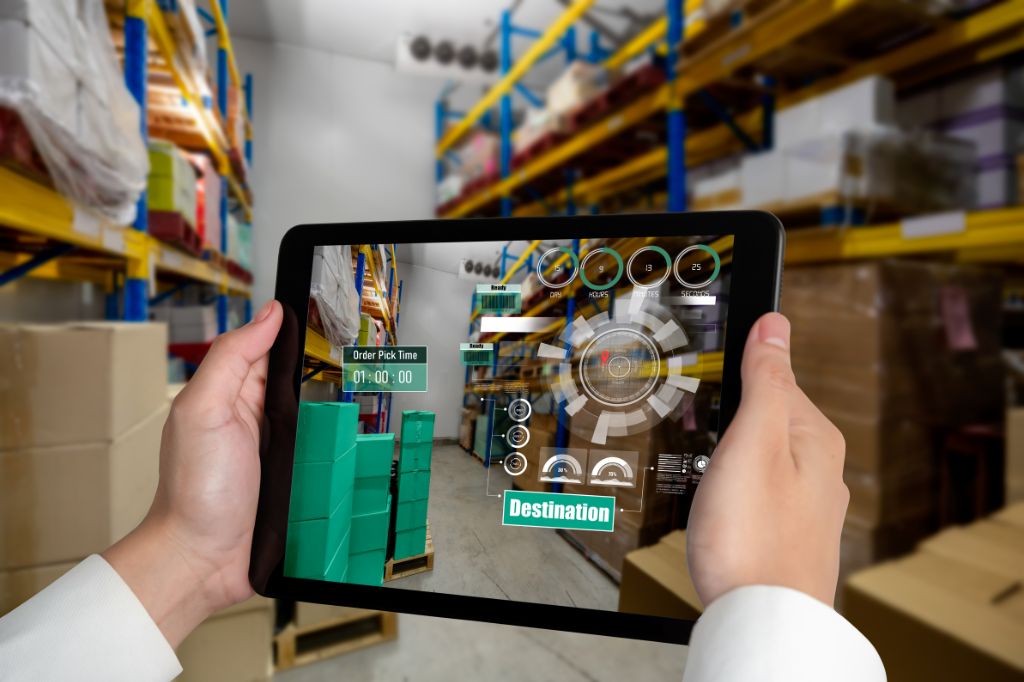
Conveyor belt maintenance and troubleshooting
Reading time: < 3 minutesConveyor belts are an essential part of many industrial processes, used to move materials from one point to another efficiently and continuously. However, like any industrial equipment, conveyor belts may experience issues and require maintenance to ensure optimal performance and avoid production interruptions. In this post, we will explore the most common problems that can arise with conveyor belts and provide practical solutions to address them
Common conveyor belt troubleshooting
Below, we will highlight some of the most common problems that may occur in a conveyor belt, along with their corresponding solutions. Remember, proper care and attention to conveyor belts ensure an uninterrupted workflow and efficient operation in the industrial environment:
Belt misalignment
One of the most frequent issues in conveyor belts is misalignment, where the belt deviates from its correct path. This can be caused by several factors, such as an unbalanced load or excessive roller wear. To fix this issue, it’s important to conduct regular inspections and adjust the belt’s alignment as needed. Additionally, side guides can be used to keep the belt in its proper position.
Roller wear and damage
Worn or damaged rollers can negatively impact conveyor belt performance, causing slippage, misalignments, and even belt breakages. To mitigate this issue, regular roller maintenance should be performed, including cleaning, lubrication, and replacement when necessary. It is also important to check if the rollers are correctly aligned and if the belt tension is appropriate
Material build-up on the belta
Material accumulation on the surface of the conveyor belt can affect its operation and reduce its transport capacity. This may happen due to spills, material drops, or poor system design. To resolve this issue, regular belt cleaning is required, along with using scrapers to remove adhered material. Additionally, protective covers can be installed to prevent material from falling and ensure smooth flow along the belt.
Belt tension problems
Inadequate belt tension can cause problems such as slippage, premature wear, and breakages. It’s essential to maintain proper tension in the conveyor belt to ensure its optimal performance. This can be achieved by adjusting the tensioners and regularly monitoring the tension during operation. Also, it’s important to make sure that the tension rollers are correctly installed and functioning properly.
Lack of preventive maintenance
One of the most common mistakes in conveyor belt management is the lack of a preventive maintenance program. Regular and preventive maintenance is crucial to detect and solve issues before they turn into costly failures. This includes visual inspections of the belt and components, proper lubrication, regular cleaning, and the replacement or repair of worn parts. By establishing a solid preventive maintenance program, the lifespan of the belt can be extended, and unplanned downtime can be reduced.
We hope this post has provided valuable information on conveyor belt maintenance and troubleshooting. If you have any additional questions or need specific advice, don’t hesitate to contact Eurotransis.



